 The day started with introductions and information about the walk. Click on photos for larger versions. (Photo © 2010 and courtesy S. Garske)
The day started with introductions and information about the walk. Click on photos for larger versions. (Photo © 2010 and courtesy S. Garske)MARQUETTE -- It was hot and windy as about 30 people from across the Upper Peninsula and northern Wisconsin met on the Wolf Lake Road near Humboldt in Marquette County Michigan on Saturday, Aug. 28, 2010. Our goal was to see part of the gravel road that "Woodland Road LLC" (a limited-liability corporation headed by Kennecott Eagle Minerals Co.) has proposed turning into a mining haul road, and to visit some of the beautiful back country along the North Country Trail.
After Yellow Dog Watershed Preserve Executive Director Emily Whittaker updated us on the status of the "Eagle Mine," we followed the existing road north. The road runs past a smattering of houses, which soon give way to forests, wetlands and streams. Soon the pavement gave way to a two-lane gravel road and then a single-lane gravel road. After traversing several hills and valleys and crossing Voelkers Creek, we reached the Dead River.
 Lunch overlooking the Dead River basin.(Photo © 2010 and courtesy Rod Sharka)
Lunch overlooking the Dead River basin.(Photo © 2010 and courtesy Rod Sharka)A short walk up the hill brought us to the North Country Trail. Heading east along the trail, we were soon treated to a couple of great views of the Dead River basin and beyond. As you can see, the Dead River is actually brimming with life! Everyone enjoyed the gorgeous view.
 View of the Dead River basin and Michigamme Highlands from the North Country Trail. (Photo © 2010 and courtesy Nancy Garske)
View of the Dead River basin and Michigamme Highlands from the North Country Trail. (Photo © 2010 and courtesy Nancy Garske) As we soon discovered, this part of the North Country trail traverses a wide range of habitats. At first the trail led through lush northern hardwood forest, followed by groves of white pine and hemlock, and then a grove of upland cedar. One of the more unusual plants we saw along the way was northern holly fern. This distinctive and beautiful fern occurs across Canada and in the Rockies and reaches the southern edge of its range here. Other botanical gems included compressed oatgrass, bristly sarsaparilla, and Braun’s holly fern.
 Fronds of northern holly fern. (Photo © 2010 and courtesy Christine Saari)
Fronds of northern holly fern. (Photo © 2010 and courtesy Christine Saari)Eventually we reached a big, steep hill covered with hemlock, white pine and red oak, where we saw a patch of a western disjunct plant called tall bilberry. (Simply put, a western disjunct plant has its main range in the western US, while it also grows in the Great Lakes region, with a gap in between.) This blueberry relative often reaches a height of three feet, with berries about twice the size of common blueberries. Unfortunately, by the look of things this patch didn’t produce a single berry this year! Still, just seeing this plant that had been stranded in the UP after the last ice age reminded us of the time scale that the earth operates on, as compared to the scale that we humans usually do.
On the way back the discussion turned to various topics ranging from mushrooms to wetland plants to getting in a swim after the walk! And of course the proposed haul road.
The "Kennecott Expressway"(as some call it) would have cut through some of the most remote, wild country in Michigan. From the mine site on AAA Road, it would have run 22.3 miles south through the heart of the Michigamme Highlands to the town of Humboldt, where a rock crushing facility is being built. During the comment period for the road, the US Environmental Protection Agency (EPA), which oversees state enforcement of federal wetland laws, cited numerous objections -- including Kennecott's mis-statement of the road's true purpose; failure to seriously consider alternative routes; and the large impact the road would have on wetlands, streams and wildlife. With the strong possibility that the EPA would deny the permit, Kennecott withdrew its application on May 7, 2010, just before the deadline for a decision.
If the proposed haul road were ever built, it would have an even bigger impact on the land than the mine. In the end, the public may have a significant say in whether or not such a road is ever built. Perhaps it is time to start thinking on the timescale of Mother Earth, rather than relying on the same old short-sighted thinking that has brought the world to the troubled state it's in today.
*Editor's Note: The guest author of this article, Steve Garske, is a botanist who has studied plants in various areas of the Upper Peninsula and Wisconsin.









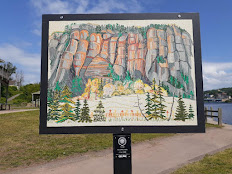











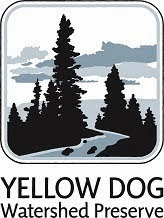


























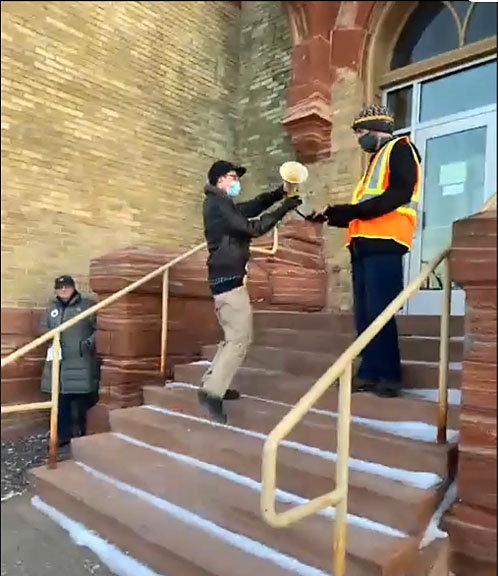




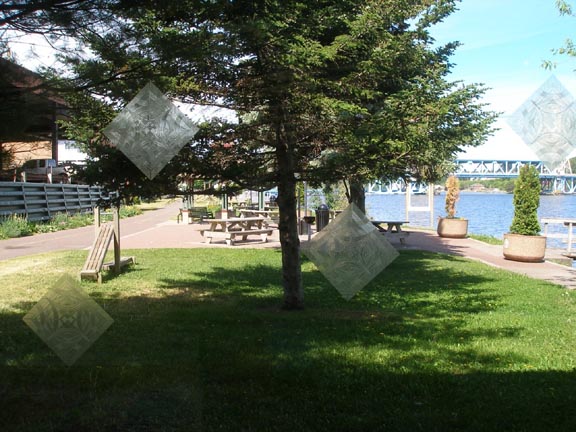









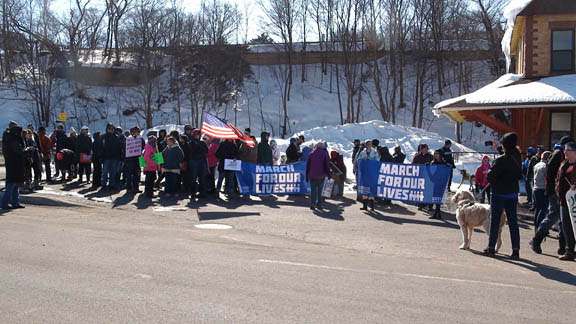
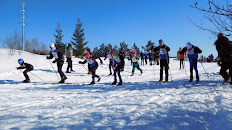

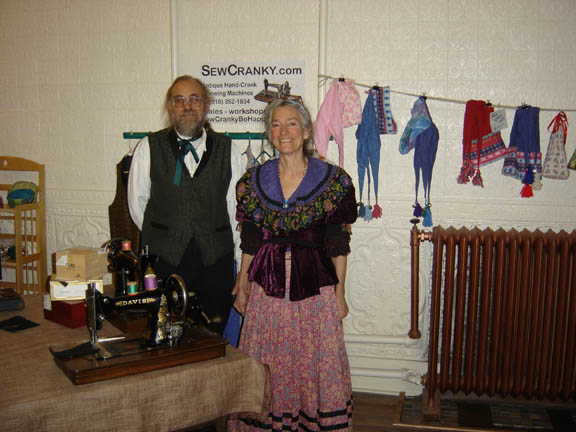
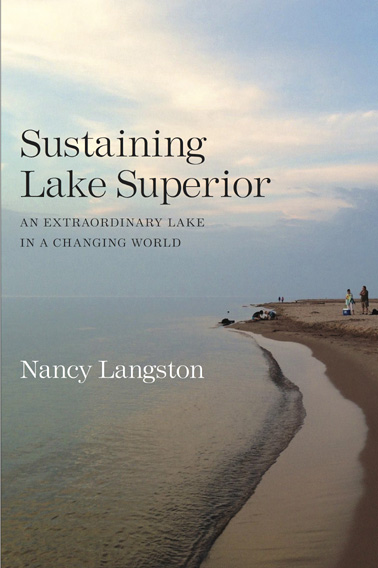








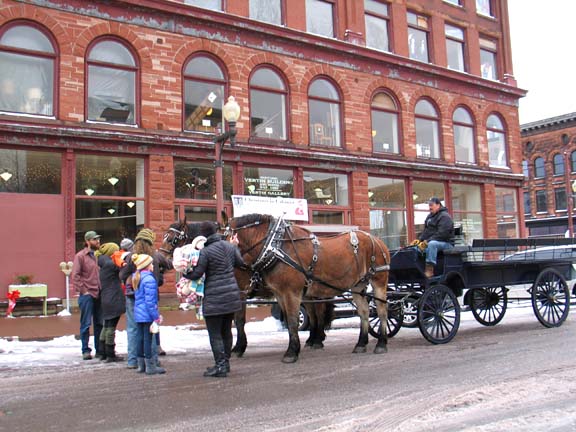

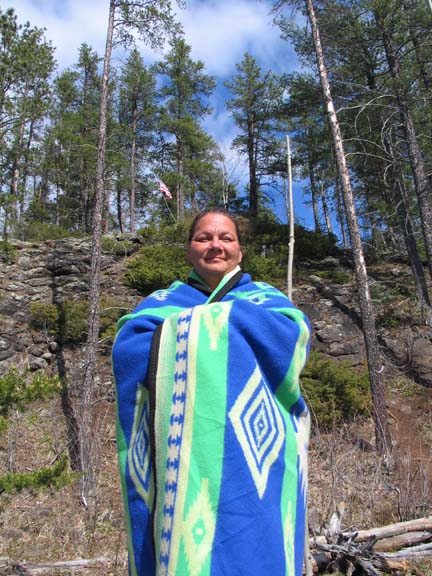


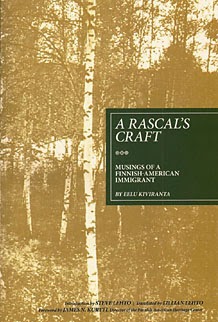
















No comments:
Post a Comment